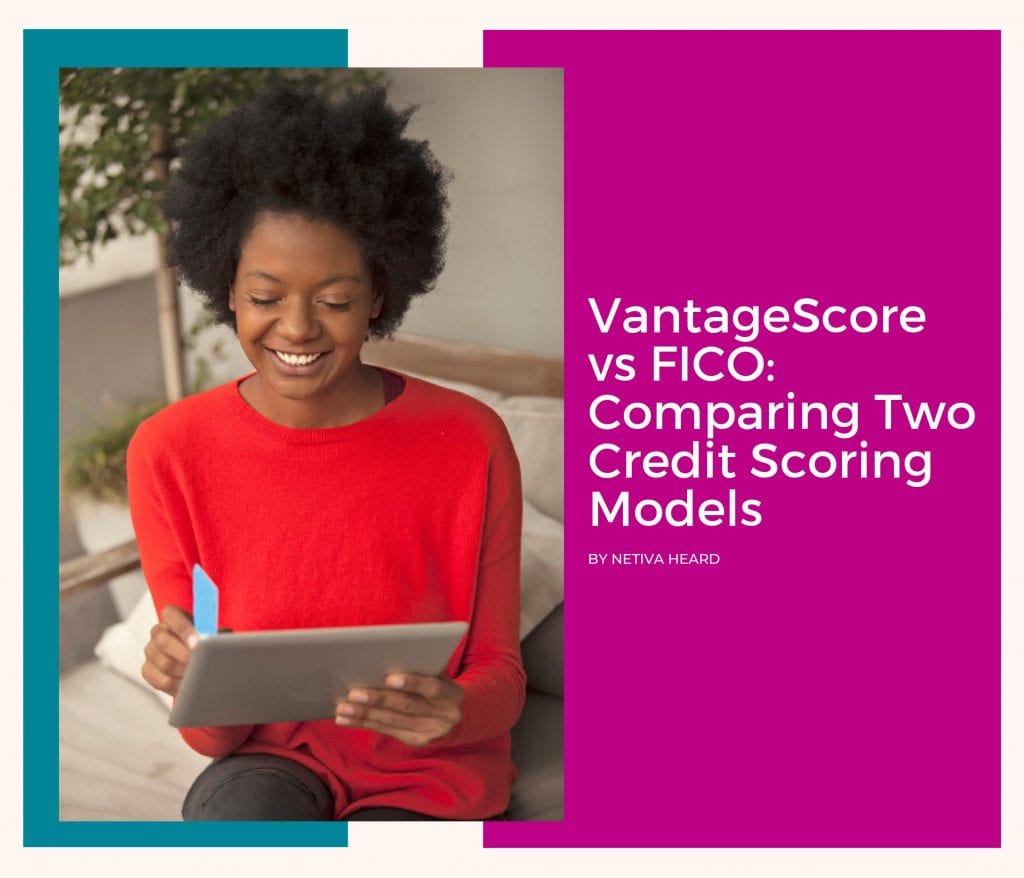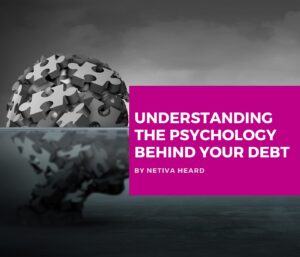Anytime you need a loan or a new credit card, your credit score will play a role in how much you can borrow and what it will cost to repay it. Most people know this already, but what you might not have known is that you have more than one credit score.
VantageScore and FICO are two credit scores that lenders may use to determine your creditworthiness. Both of these scores use a scale of 300 to 850, with a higher score indicating a lower likelihood that you’ll fall behind on payments. Though the two models essentially serve the same purpose, they don’t prioritize the same activities and will therefore result in two different credit scores.
Here’s a closer look at how VantageScore and FICO compare and what you should know when building and improving your credit profile.
Credit Scoring Models
Your FICO Score and VantageScore will likely look different because of how the two models work. VantageScore is the development of all three credit reporting bureaus, while FICO uses a different bureau-specific model for each one. That’s why your FICO Score might look different from Experian to Equifax, for example.
Minimum Credit Scoring Requirements
Borrowers will only have a FICO Score if they have at least six months of credit history. This means that individuals with no credit and are trying to build a credit score will have a longer journey to obtain loans they need compared to someone with an established credit history.
VantageScore holds an advantage in this area because it starts building credit profiles after just one month of recorded credit activity. This means that when you pay your first credit card bill or loan payment, you should start building a VantageScore. This can be a huge benefit for those who are just starting to build up their credit score from nothing.
Credit Scoring Factors
Both FICO and VantageScore use similar categories to determine creditworthiness. However, these categories may carry different “weights” between the two scores.
Here’s a simplified breakdown:
| Category | FICO Score | VantageScore |
| Payment History | 35% | 41% |
| Credit Utilization | 20% | |
| Age of Credit History | 15% | |
| Credit Mix | 10% | |
| Age of Credit History & Credit Mix | 20% | |
| Amounts Owed | 30% | 6% |
| New Credit Accounts | 10% | 11% |
| Available Credit | 2% |
As you can see, each credit scoring model treats categories differently. VantageScore combines the credit mix and the age of your credit history into a single category, while FICO separates them.
Other factors that may affect your credit score with both FICO and VantageScore include:
● The number of hard inquiries into your credit score (usually when taking out a new loan or credit card application)
● Unpaid collection accounts
● Credit utilization trends
FICO and VantageScore treat each of the above in a different way. For example, FICO 9 and VantageScore both ignore paid collections accounts and give less weight to unpaid medical collection accounts. However, lenders that are still using FICO 8 will not differentiate between paid and unpaid collection accounts, which could negatively impact your score.
Regarding hard inquiries, VantageScore deduplicates hard inquiries made in a 14-day window so that all inquiries appear as a single instance. This 14-day window is actually 45 days using newer FICO Score models.
Final Thoughts
Small nuances between FICO and VantageScore can be enough to impact your ability to gain credit access. It’s helpful to know which one your lender or creditor will use to determine your eligibility.
Regardless, you can always improve your score by making on-time payments, living within your means, and being consistent with your credit usage.
For more insight on building a credit score you can be proud of, head back to our blog.









